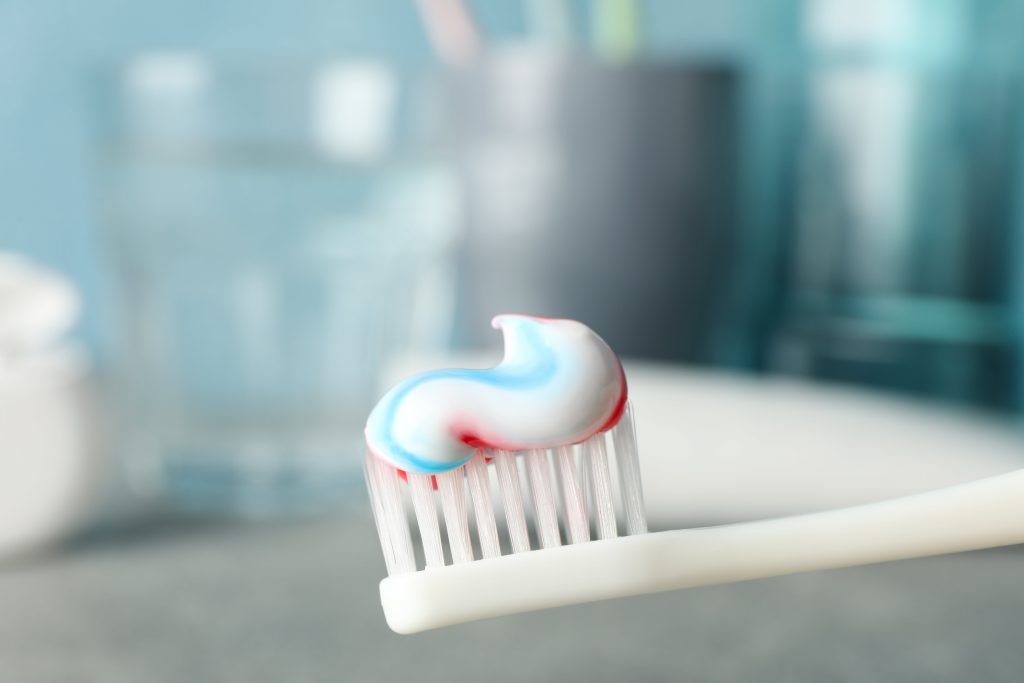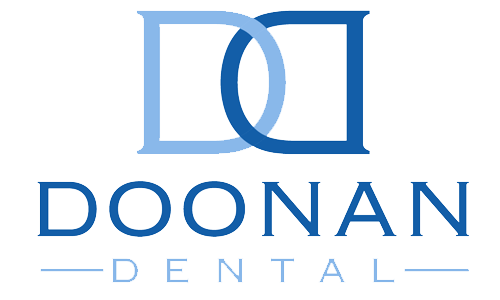For many of us, brushing feels like second nature, but the truth is, it’s a skill—one we’re taught as children but also one we don’t often perfect. Even though we’re constantly reminded to brush twice a day for 2 minutes, only about half of Australian adults actually follow through!
Even regular brushers often make mistakes that lead to plaque build-up, gum disease and sensitive teeth. In fact, poor brushing technique ranks among the top causes of preventable dental problems.
That’s why the right brushing method makes all the difference to your oral health. Whether you prefer a manual or electric toothbrush, proper technique keeps your teeth and gums healthy for life.
Think your daily brushing routine might need a refresh, or want to improve your oral hygiene? You’re in the right place! In this post, we will give you a detailed walkthrough of how to brush your teeth and help you pick the right tools so you can turn your daily tooth-brushing routine into something that works.
The Basics of Toothbrushing
Daily brushing isn’t just about ensuring your smile is white and your breath is minty fresh – what you do (or don’t do) to care for your teeth can have a significant impact on your health and long-term well-being.
When you skip brushing or use improper techniques, plaque begins to build up on your teeth. This sticky film of bacteria can harden in as little as 48 hours, causing damage to the protective layer beneath your tooth enamel. The longer plaque remains, the more problems it can create, such as:
- Tooth decay and cavities
- Gingivitis and gum inflammation
- Persistent bad breath
- Potential tooth loss
- Increased risk of systemic health issues, like heart disease and diabetes
Factors That Influence Your Oral Health
Beyond how often you brush your teeth, there are a lot of factors that affect your oral health. Your diet, lifestyle and overall healthy all have a role to play in maintaining your teeth and gums.
- Diet and Nutrition: We all love the occasional treat, but sugary snacks and acidic drinks (like sodas and citrus fruits) can weaken your tooth enamel, especially with inconsistent oral hygiene.
- Lifestyle Habits: Habits like smoking, alcohol, and inconsistent oral hygiene increase the risk of gum disease, bad breath, and other oral health issues.
- Underlying Health Conditions: Health conditions and hormonal changes increase the risk of inflammation and gum disease, especially when overall health isn’t well-managed.
- Medications: Certain medications can even reduce saliva production, which is a natural way your body keeps your mouth clean. When your mouth isn’t producing enough saliva, plaque can build up more easily.
- Stress Levels: Chronic stress can lead to habits like grinding your teeth. This can wear down enamel and cause jaw pain.

The Golden Rules of Toothbrushing
To make the most out of your toothbrushing routine, it’s important to follow a few golden rules. These simple steps can help ensure you’re keeping your teeth and gums in tip-top shape!
How Often & How Long?
Brushing your teeth twice a day—once in the morning and once at night—is essential for keeping plaque at bay. Aim for at least two minutes each time. This routine helps prevent tooth decay, gum disease, and other complications caused by neglecting your oral hygiene.
Choosing the Right Tools
When it comes to choosing between a manual or electric toothbrush, the decision comes down to your personal needs and what your dentist recommends. While both can clean your teeth effectively (with the right techniques!), studies show that electric brushes can improve your brushing technique and deliver better results for some people.
Read More: Electric Vs Manual Toothbrushes: Which Is Better?
Pre-Meal vs. Post-Meal Brushing
You might think that brushing after meals is the best choice – afterall, you want to remove any plaque build-up. However, it’s actually better to brush before eating in many cases.
After you eat, the bacteria in your mouth feed on sugars and produce acids that can soften your tooth enamel. This makes it more vulnerable to abrasion when brushing. But, brushing before a meal creates a protective layer on your enamel so you are less likely to cause any damage. If you must brush after eating, wait at least 30 minutes to let your saliva neutralise the acids.
Brushing at Night
Brushing before bed is also crucial. Your mouth doesn’t produce as much saliva while you sleep, leaving your teeth more vulnerable to bacteria and dry mouth. When you brush before bed, the fluoride in toothpaste helps maintain saliva production overnight, protecting your enamel from acid.

How To Brush Your Teeth The Right Way
Brushing your teeth may seem simple, but doing it the right way can make all the difference. Here is what you need to do to get the most out of your brushing routine.
- Position Your Brush Correctly: Start by positioning your toothbrush at a 45-degree angle towards your gumline. This allows you to clean along the teeth as well as gums where plaque tends to build up.
- Clean the Outer Surfaces: Focus on the outer surfaces of each tooth, starting with your upper teeth and moving to your lower teeth. Use light strokes, paying extra attention to areas near the gumline and around fillings, crowns, or other restorations.
- Move to the Inner Surfaces: Once the outer surfaces are clean, move to the inner surfaces using the same circular motion. These areas are often harder to reach but are just as important to clean.
- Brush the Chewing Surfaces: For the chewing surfaces of your teeth, use short back-and-forth strokes. This ensures you’re effectively cleaning the harder, flatter areas where food can get stuck.
- Clean Your Tongue: Don’t forget your tongue! Gently brush it to remove bacteria and keep your breath fresh.
- Be Gentle: While it’s tempting to scrub hard, be gentle with your brushing. Brushing too hard can damage your gums and wear down your toothbrush bristles faster. Instead, focus on small, circular strokes for a more effective clean.
- Divide Your Mouth into Sections: To make sure you cover all areas, divide your mouth into four sections and spend at least 30 seconds on each. Aim for a full two minutes of brushing to make sure every tooth gets cleaned.
- Don’t Forget Between Your Teeth: Even the best brushing technique won’t clean between your teeth. This is where bacteria and food particles hide, so use floss or interdental brushes to clean these spaces in between your teeth.
Common Brushing Mistakes to Avoid
- Not Brushing Long Enough: Most people spend only 33-97 seconds brushing, which is far less than the recommended two minutes. Not brushing long enough means you might miss spots and leave plaque behind. Make sure to set a timer and brush for the full two minutes to thoroughly clean your teeth.
- Brushing Too Hard: Remember, the bristles should do the work and not the force. Brushing too hard can lead to gum recession, enamel erosion, and increased tooth sensitivity. It can even expose the roots of your teeth, causing further damage.
- Not Using Toothpaste: Toothpaste is just as important as brushing itself! It contains ingredients that help protect and strengthen your teeth. When brushing, make sure you’re using a pea-sized amount of toothpaste for adults. For children aged 18 months to 3 years, a small smear of toothpaste is best.
- Not Replacing Your Toothbrush: Toothbrushes wear out over time, and using a worn-out brush can reduce the efficacy of your brushing. It’s recommended to replace your toothbrush every 3 months or sooner if the bristles appear frayed. Keeping your brush in good condition ensures a better clean and healthier teeth!
Special Brushing Considerations
Some dental conditions need extra care in your daily brushing routine. A good understanding of these specific needs will protect your oral health and help you tackle unique challenges.
Brushing with Braces or Dental Work
If you have braces or other dental work, your brushing routine needs to adapt to ensure your teeth and appliances stay clean.
- Rinse with Water: Start by rinsing with water to loosen any food particles stuck around your braces.
- Brush at a 45-degree Angle: Hold your toothbrush at a 45-degree angle to your gumline and gently brush your teeth.
- Clean Brackets Individually: Spend at least 10 seconds on each bracket to ensure they’re properly cleaned.
- Clean Under the Archwires: Tilt your brush to clean under the archwires, making sure to remove any buildup.
- Use Interdental Brushes: For hard-to-reach spaces between brackets, use interdental brushes to thoroughly clean between your braces.
Brushing with Sensitive Teeth
Sensitive teeth can be painful when exposed to hot, cold, or sweet foods and will also need extra are when brushing:
- Use Toothpaste for Sensitivity: Opt for toothpaste specifically designed for sensitive teeth. These contain ingredients that can help reduce sensitivity and protect the enamel.
- Choose an Ultra-Soft Toothbrush: A toothbrush with ultra-soft bristles will be more gentle on sensitive teeth and gums while still providing a thorough clean.
- Brush Gently: Avoid using too much pressure when brushing. Apply gentle circular motions to protect your teeth and gums.

Take Control Of Your Dental Health Today!
Brushing your teeth properly is one of the simplest and most effective ways to maintain your oral health. By paying attention to the details—whether it’s the right technique, the right tools, or addressing your specific needs—you’re giving your teeth the care they deserve.
Remember, good dental care is your best defence against tooth decay, gum disease, and other oral health issues. So, take the time to brush properly, and your smile will thank you for it!
If you’re looking for expert guidance on how to brush your teeth and keep them in top shape, or if it’s time for a check-up, our team at Doonan Dental is here to help! Contact us today to schedule an appointment and take the next step towards a better, brighter smile!


